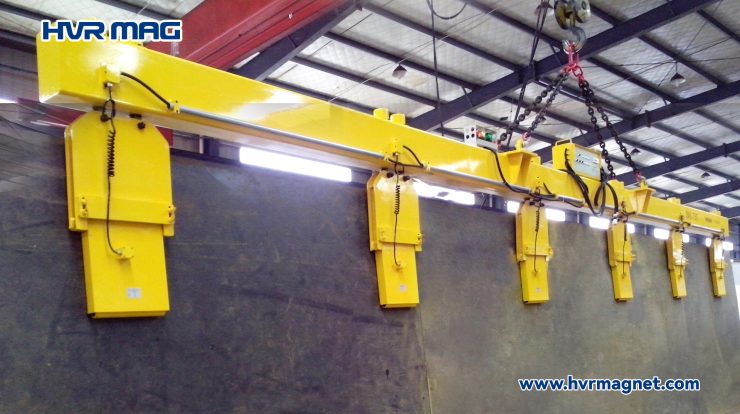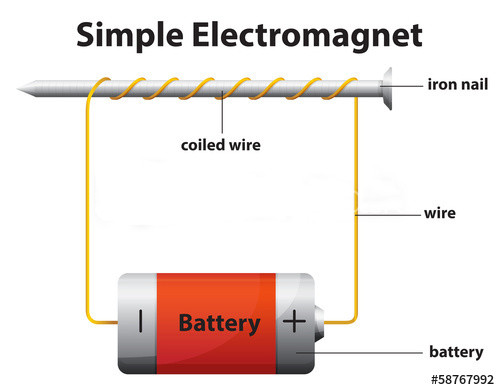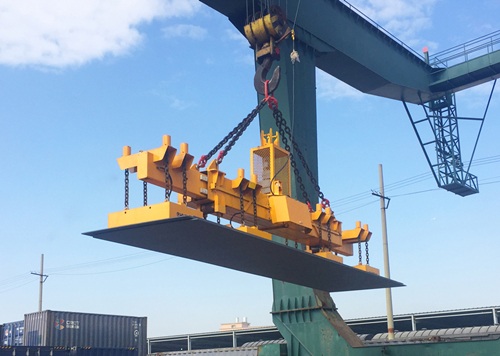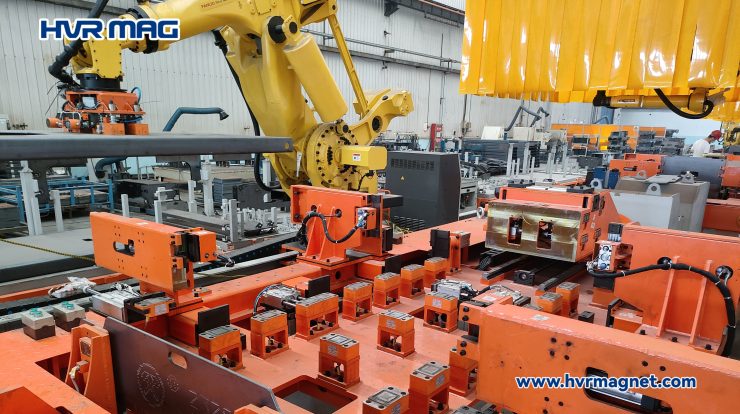Magnetic Chuck Manufacturer Explains Pros and Cons of Each Type – HVR MAG

 My last post mentioned the types of magnetic chucks, of which we’re not very aware of their differences and the pros & cons for each magnet chuck. So in this article, let’s make a simple comparison and analysis on their advantages and disadvantages.
My last post mentioned the types of magnetic chucks, of which we’re not very aware of their differences and the pros & cons for each magnet chuck. So in this article, let’s make a simple comparison and analysis on their advantages and disadvantages.
Permanent Magnetic Chuck
Advantages:
Independent from electrical power – no danger of dropping piece in a power failure
Ease of installation for transfer from one machine to another
No generation of heat, which could deform the pole plate or work-piece
Disadvantages:
Chuck dimension is less adaptable and thus not suitable for big & heavy work-piece
Wear and tear on the internal moving parts and magnets will shorten the life of the permanent chuck
Mechanical switching system inefficient for automated work
Cannot be used with components at a temperature above 80℃
Electromagnetic Chuck
Advantages:
No moving parts inside, thus less internal wear and tear
Can be operated with control units which can regulate the magnetic holding force and control the demagnetizing cycle, allowing for easy removal of the metal piece
Reliable & strong clamping force on rough piece
Various chuck dimensions can be produced, enabling the user to meet the requirements of the workpiece size
Disadvantages:
Requires a constant power supply, and for safety reasons, often needs a back-up power supply as well
Constant power also produces heat and cause heat distortion of the parts, which can affect the accuracy of the machining
A power failure will cause such a chuck to release a part, potentially causing an accident.
Electro-permanent Magnetic Chuck
Advantages:
Power is only needed for magnetization & demagnetization of the chuck
No moving parts inside, thus no internal wear and tear
Provides full access to the five sides of a mold – ideal for multi-side machining
Operation from a control unit provides the possibility for automated use
There is minimal electricity consumed, and there’s a greater safety factor since a loss of power won’t cause the chuck to release the part
No heat generation – no threat to machining accuracy
Disadvantages:
Higher cost of electro-permanent magnets than permanent magnets
Higher sensitivity to air gaps between the chuck and component
Magnetic fields and clamping force can be difficult to fine-tune
So, which type of magnetic chuck is best for surface grinding machine? Just like people says, with every pro comes a con. It’s hard to draw a conclusion that which type is the best for specific machining operation.
Advice from Electro Permanent Magnetic Chuck Manufacturer – HVR MAG
You must integrate your specific application requirements with the advantages and disadvantages of each type of magnetic chuck, to make the final decision. Then, furnish the magnetic chuck supplier with all your needs, to get a custom designed magnet chuck that best fits your workholding purpose.






